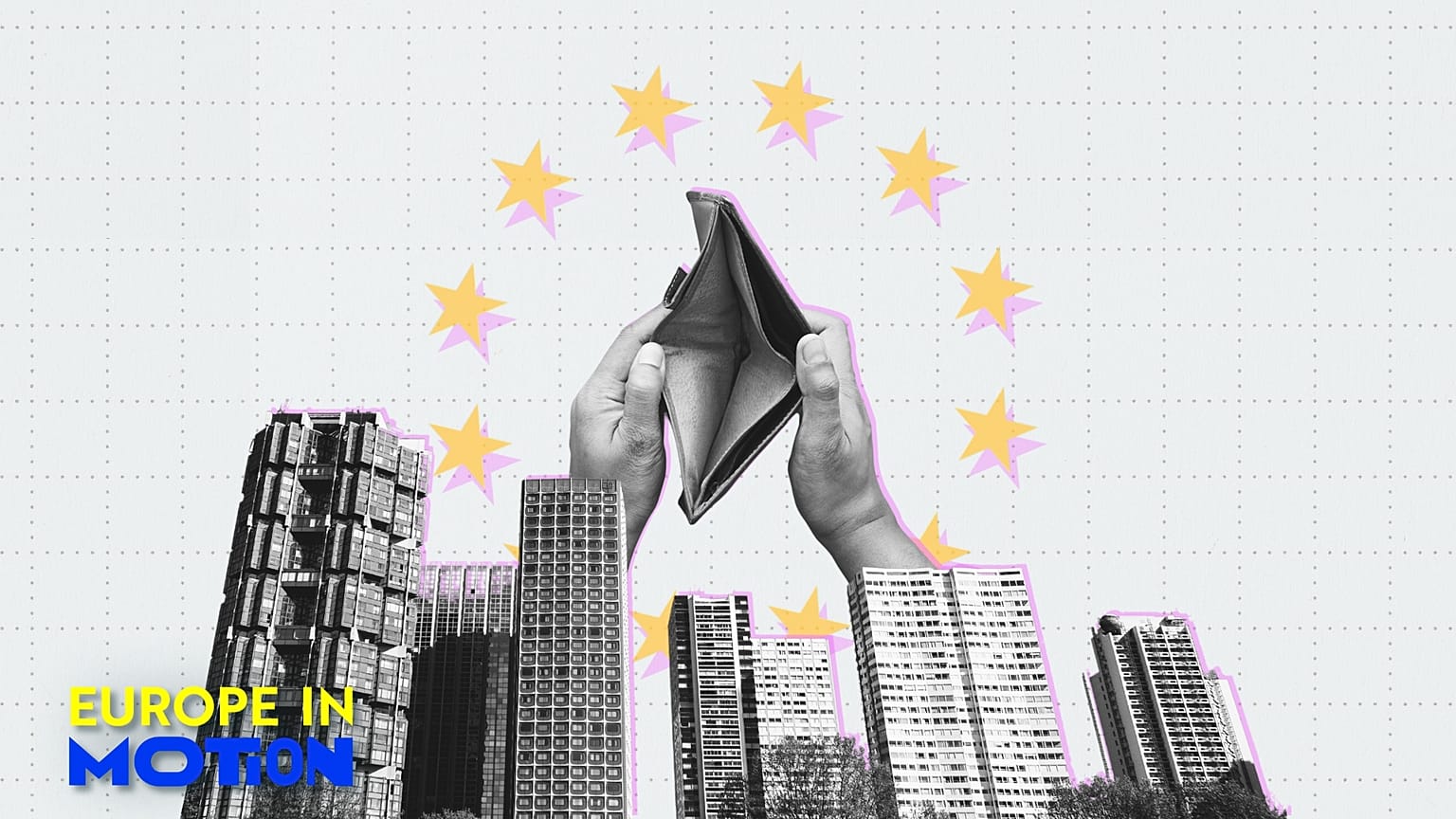Business
Over 27 Million EU Citizens Face Severe Deprivation

Recent data from Eurostat reveals that over 27.5 million citizens across the European Union live in conditions of severe deprivation, which encompasses both social and material challenges. In certain regions, particularly in Eastern Europe, more than a quarter of the population struggles to afford essential items necessary for a decent quality of life, painting a stark picture of inequality.
The **highest deprivation rates** are concentrated in Eastern Europe, with **Romania** leading at **17.2%** of its population unable to meet basic needs. Following closely are **Bulgaria** at **16.5%** and **Greece** at **14%**. Interestingly, both Romania and Bulgaria have shown significant improvement since the previous year, with Romania reducing its deprivation rate by **2.6%** and Bulgaria by **1.5%**. In contrast, Finland experienced a **0.9%** increase in the portion of people struggling to make ends meet, while Estonia and Slovakia saw rises of **0.6%** each, and Greece recorded a **0.5%** increase.
Regional Disparities in Deprivation Rates
The data highlights regional disparities across Europe. In the **Nordic countries**, most regions reported deprivation rates below **5%**, while areas like the **Greek Ionian Islands** reached alarming levels of **28%**. Other affected regions include southeast **Romania** and **Calabria** in Italy, where nearly **25%** of citizens cannot afford necessary goods or services. Italy has the largest disparity in the EU, with a gap of **24.8 percentage points** between its wealthiest and poorest areas.
In **France**, the highest deprivation rates are found in overseas territories, including **Guyana** at **19.8%**, and both **Guadeloupe** and **La Réunion** at **12.9%**. Among western European regions, **Brussels** recorded a deprivation rate of **13.6%**, followed by the province of **Hainaut** at **13.2%**.
Understanding Social and Material Deprivation
Living in conditions of social and material deprivation does not equate to poverty but presents a similar reality. According to Eurostat, individuals in this category lack access to basic amenities such as a weekly holiday, internet connectivity, regular access to meat or fish meals, and the ability to handle unexpected expenses. This situation often leads to a lower standard of living, where replacing worn-out clothing or maintaining a warm home becomes difficult.
Demographically, the most affected group is young men under the age of **18**, with **8.1%** living in severe deprivation across the EU. Conversely, pensioners and those aged over **65** are the least at risk, with only **5.1%** facing these challenges.
The findings underscore the urgent need for targeted policies to address these disparities and improve living conditions for millions of Europeans facing severe deprivation. As the EU continues to grapple with these inequalities, the data serves as a crucial reminder of the ongoing challenges in achieving social equity across member states.
-

 Top Stories3 months ago
Top Stories3 months agoTributes Surge for 9-Year-Old Leon Briody After Cancer Battle
-

 Entertainment4 months ago
Entertainment4 months agoAimee Osbourne Joins Family for Emotional Tribute to Ozzy
-

 Politics4 months ago
Politics4 months agoDanny Healy-Rae Considers Complaint After Altercation with Garda
-

 Top Stories4 months ago
Top Stories4 months agoIreland Enjoys Summer Heat as Hurricane Erin Approaches Atlantic
-

 World5 months ago
World5 months agoHawaii Commemorates 80 Years Since Hiroshima Bombing with Ceremony
-

 Top Stories3 months ago
Top Stories3 months agoNewcastle West Woman Patricia Foley Found Safe After Urgent Search
-

 Top Stories5 months ago
Top Stories5 months agoFianna Fáil TDs Urgently Consider Maire Geoghegan-Quinn for Presidency
-

 World5 months ago
World5 months agoCouple Convicted of Murdering Two-Year-Old Grandson in Wales
-

 World5 months ago
World5 months agoGaza Aid Distribution Tragedy: 20 Killed Amid Ongoing Violence
-

 World5 months ago
World5 months agoAristocrat Constance Marten and Partner Convicted of Infant Murder
-

 Top Stories4 months ago
Top Stories4 months agoClimbing Errigal: A Must-Do Summer Adventure in Donegal
-

 Top Stories4 months ago
Top Stories4 months agoHike Donegal’s Errigal Mountain NOW for Unforgettable Summer Views









